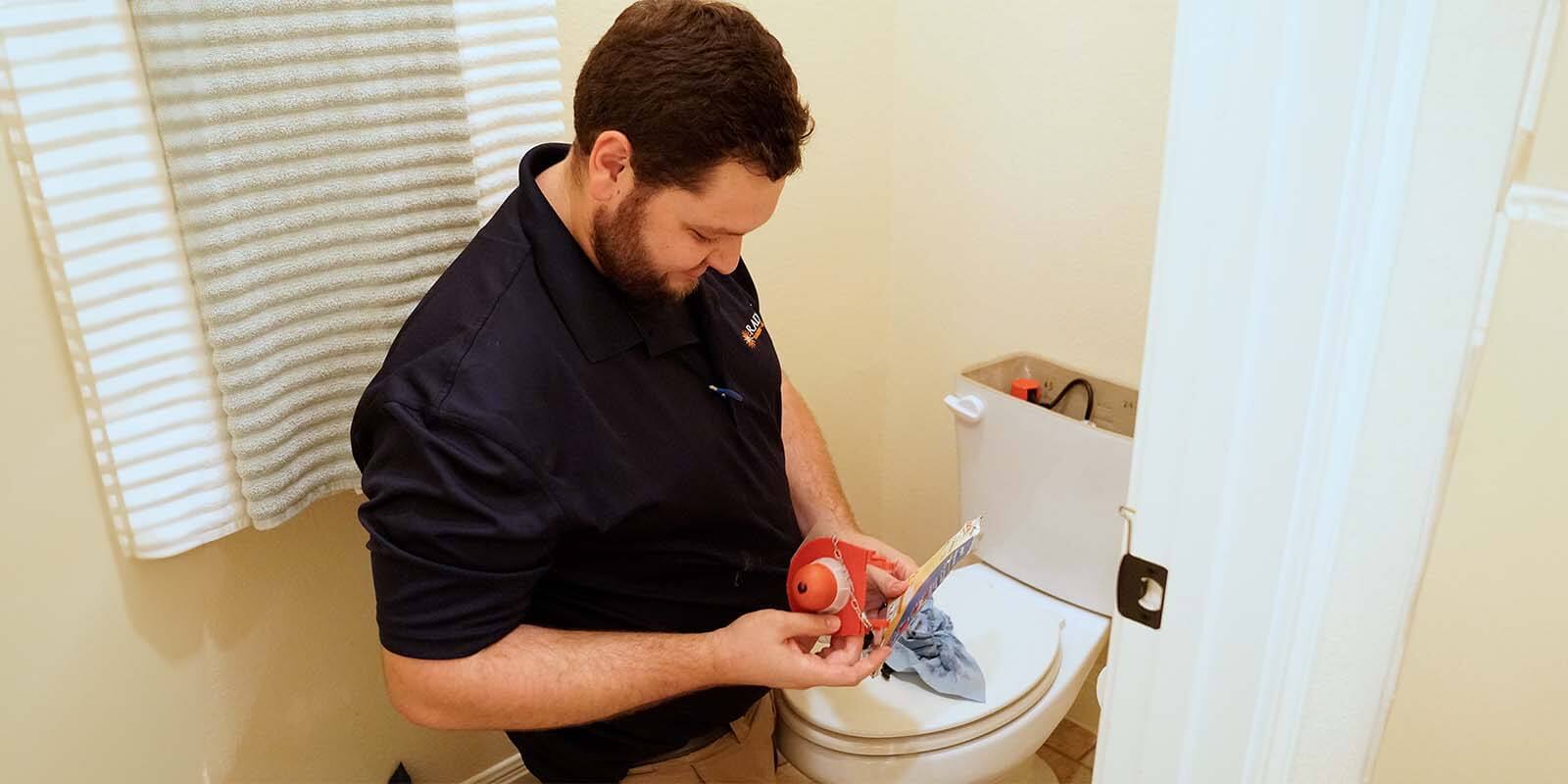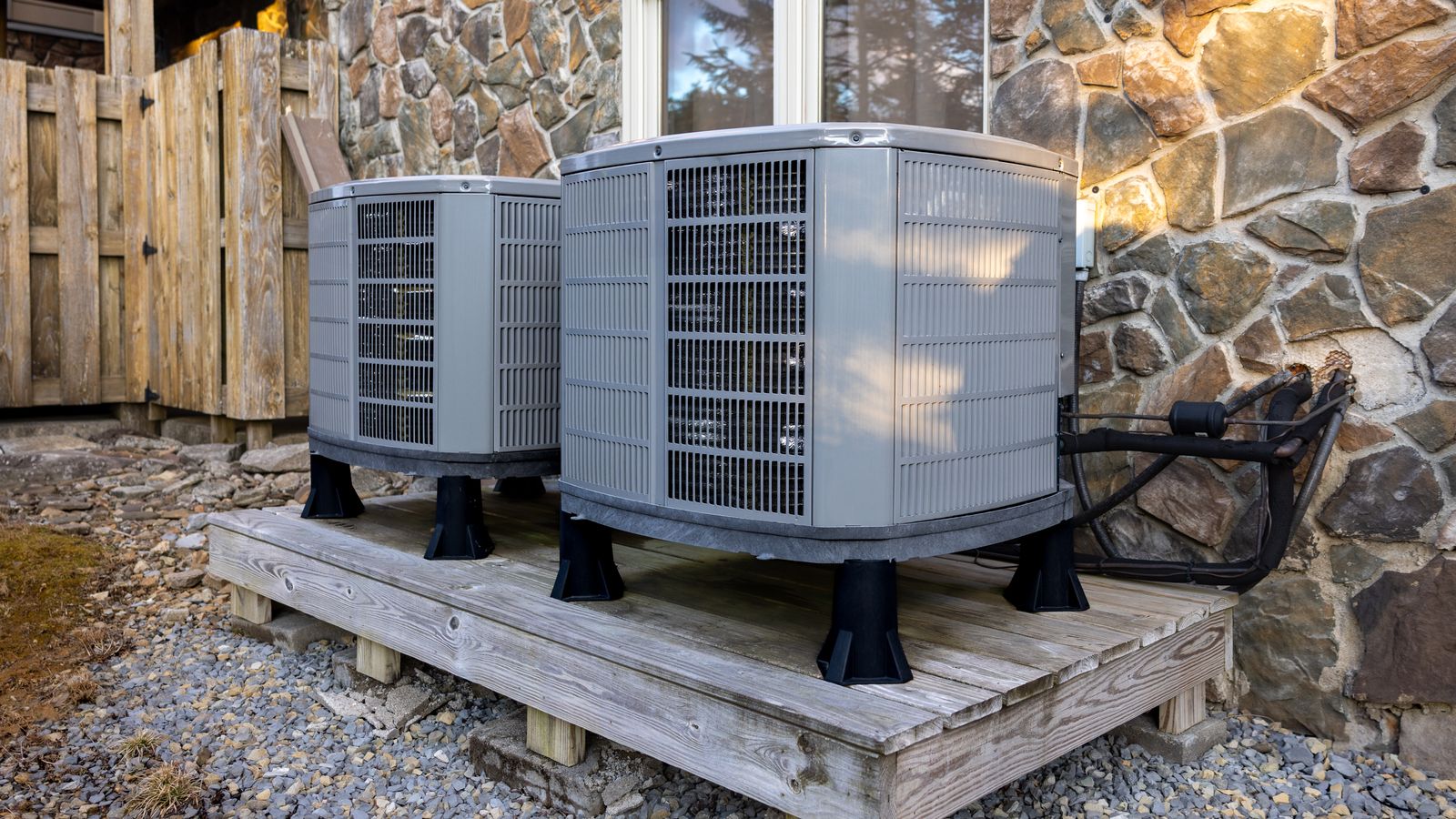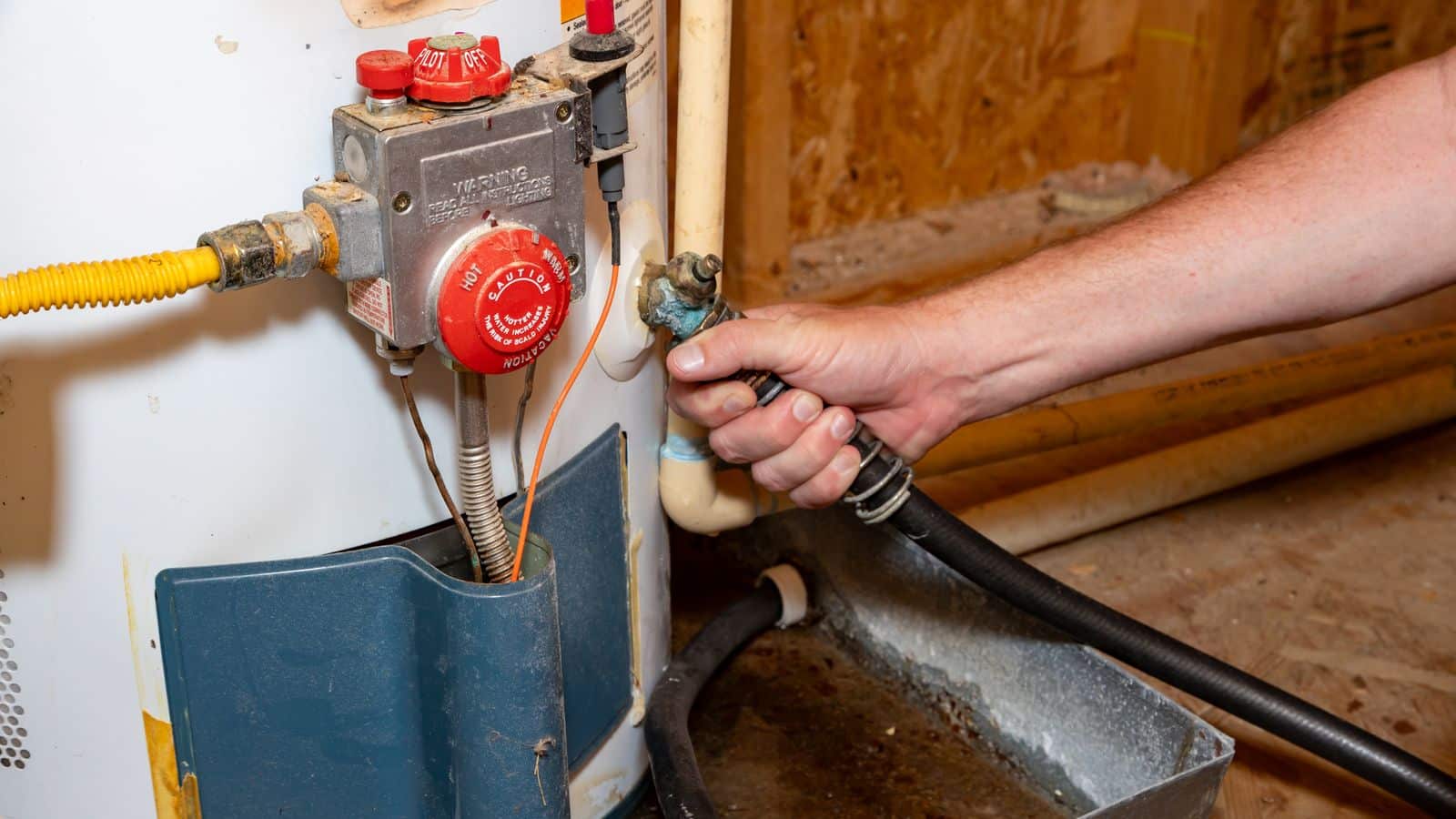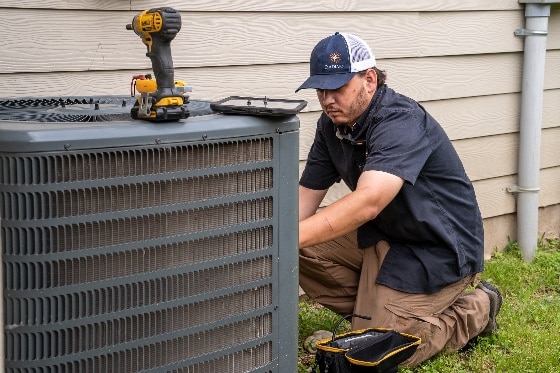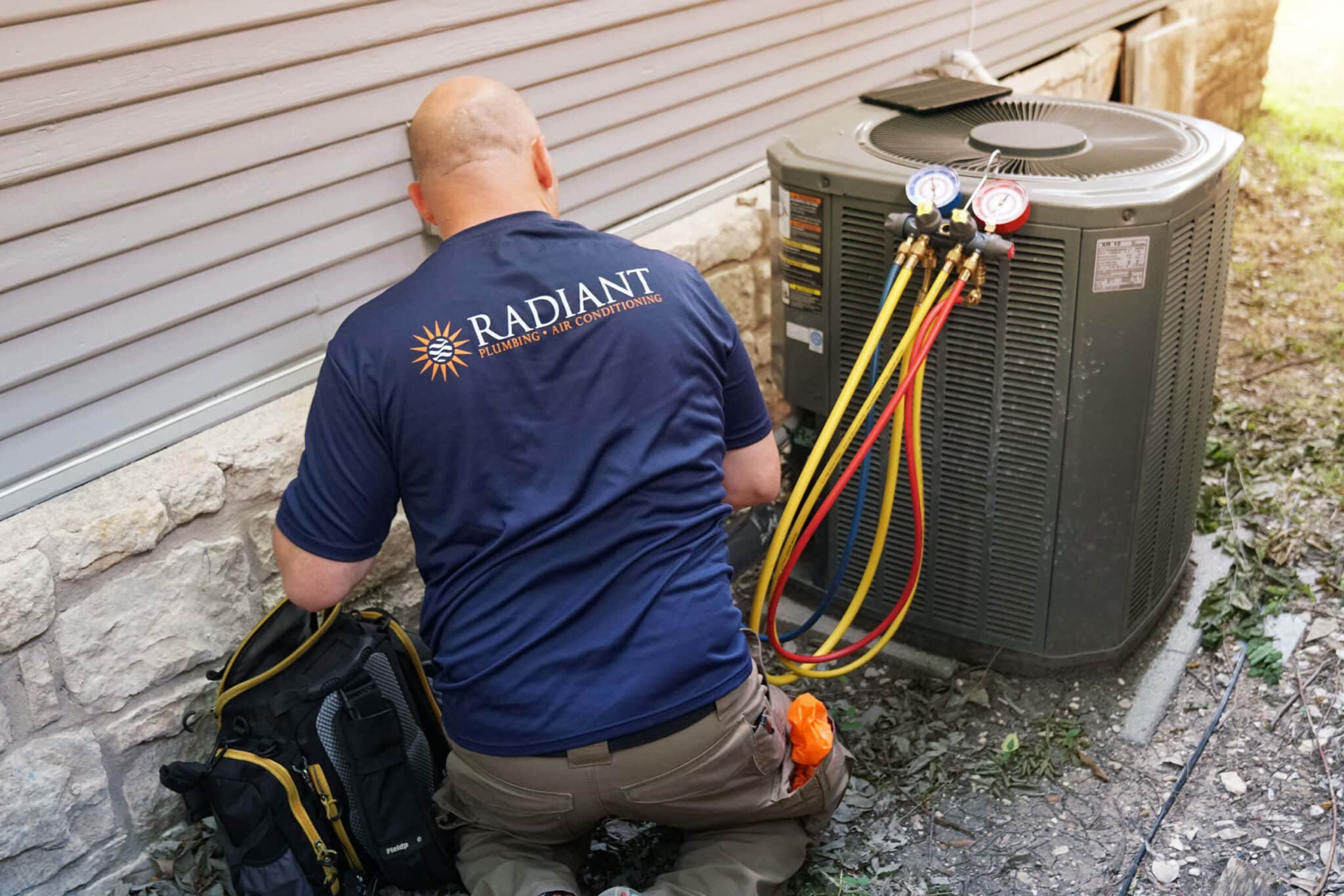We’ve all been there—standing over a clogged toilet, plunger in hand, wondering how your day took this turn. Around here, we deal with our fair share of messy plumbing moments, and yes, we’ve seen it all. Working with toilets isn’t glamorous, but after clearing thousands of them across Austin and San Antonio, we can tell you there’s a right way and a wrong way to tackle a clog.
Some are quick fixes. Others… well, let’s just say they’re better left to someone who doesn’t mind rolling up their sleeves for a job that involves both water and, let’s be honest, not-water. Here’s how to unclog your toilet safely, when to throw in the towel, and why it’s sometimes better to let us handle the mess.
Step 1: Stop Flushing (Seriously)
If the bowl’s already full or draining slowly, pressing that handle again won’t help—it’ll just send water (and everything in it) over the rim. One overflow can mean soaked floors, ruined flooring, and a whole lot of scrubbing. Take a deep breath, step away from the handle, and grab some gloves before you do anything else.
Step 2: Shut Off the Water and Grab the Right Plunger
Before you do anything else, stop the flow. Look for the small shut-off valve behind or beside the toilet and turn it clockwise until it stops. This prevents more water from entering the bowl if you accidentally flush or if the tank refills on its own.
Tip: If the valve’s stuck, lift the tank lid and prop up the float to keep water from refilling.
Once the water’s off, reach for a flange plunger—the kind with an extended rubber collar. This design creates a better seal inside the drain opening. Fit it in place, then use steady, controlled pushes and pulls (10–15 times) to move the clog. Don’t plunge like you’re trying to churn butter—too much force can crack the porcelain or break the wax seal at the base.
Step 3: Try Hot (Not Boiling) Water and Dish Soap
If plunging doesn’t do it, add lubrication and heat. Pour about half a cup of liquid dish soap into the bowl. Then heat 1–2 gallons of tap water until it’s hot but still comfortable to touch—around 120–140°F. Pour it in slowly from waist height so the force helps move the clog along. Wait 10–15 minutes to let the soap coat the clog and the heat soften it. Never use boiling water—it can crack the bowl, leaving you with a much bigger problem.
Step 4: Use a Toilet Auger (Hand Rooter)
When a clog is lodged deeper, a toilet auger can help. Feed the coiled end gently into the drain opening and crank the handle clockwise. You’ll feel resistance when you reach the blockage. Keep turning to break it apart or hook and retrieve it. Withdraw the auger slowly to avoid scratching the porcelain. If the clog doesn’t budge after a few tries, it’s time to stop—forcing it could push the blockage further into the line.
Step 5: Know When to Call a Plumber
Put the tools down and pick up the phone if:
-
The water rises every time you flush.
-
Other drains in the house start running slow or backing up.
-
You hear gurgling sounds from nearby drains.
-
The clog comes back within days.
These are signs the problem’s deeper than the toilet—like roots in the sewer line, pipe scale, or a collapsed section of pipe.
Why Sometimes It’s Better to Skip DIY
We know the temptation to fix it yourself—it feels quicker and cheaper. But around Austin & San Antonio, many of our homes have older clay or cast-iron pipes that snag debris, hard water scale that narrows pipes, and first-generation low-flow toilets that struggle to push waste through even on a good day.
Over-plunging can damage the wax seal. Augers can scratch the bowl. Chemicals can eat away at pipes and create dangerous fumes. And there’s the sanitation factor—bacteria in toilet water can linger on surfaces long after the clog’s gone.
When we handle a clog, we don’t just get it moving again. We find out why it happened, whether it’s a simple blockage or a sign of bigger trouble. With sewer cameras, hydro jetting, and descaling tools, we can fix the problem at its source and help you avoid the next nasty surprise.
The Clear Solution for Stubborn Toilet Clogs
If you’ve tried a couple of safe methods and nothing’s changed, it’s time to let us take it from here. We’ll bring the right tools, clear the line, and make sure your plumbing’s in good shape. Around Austin and San Antonio, that peace of mind is worth more than a Saturday spent wrestling with a plunger.

